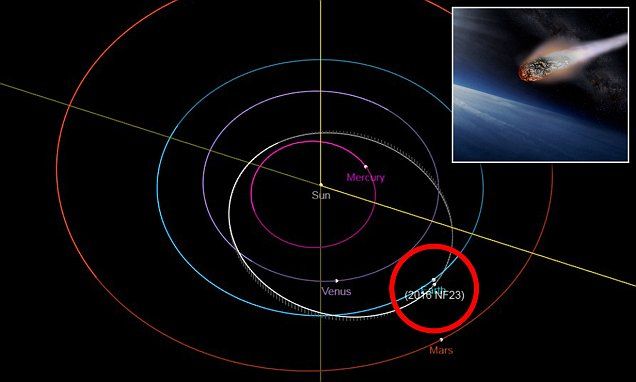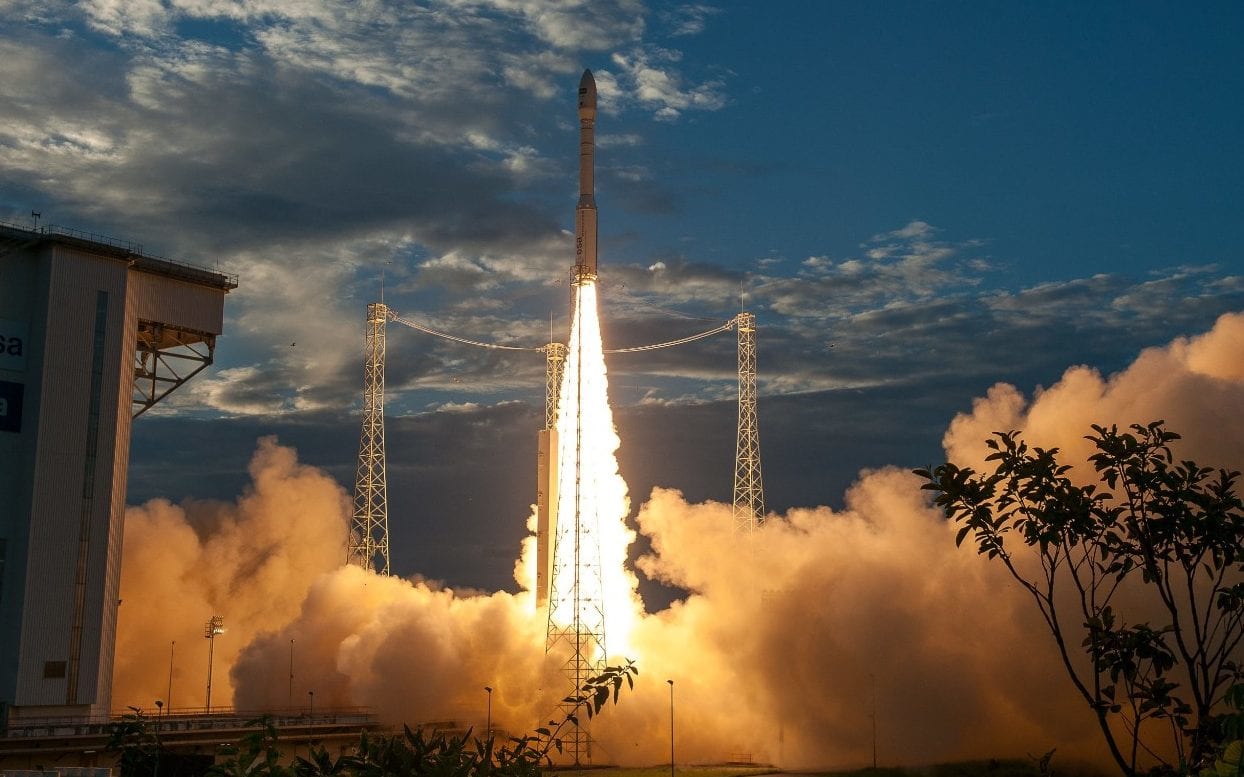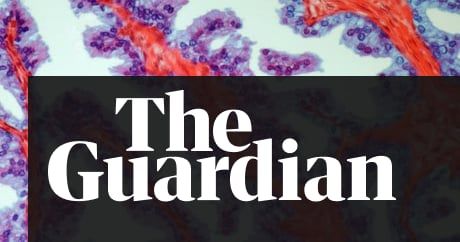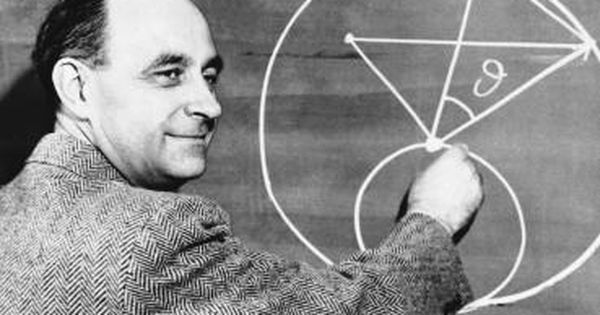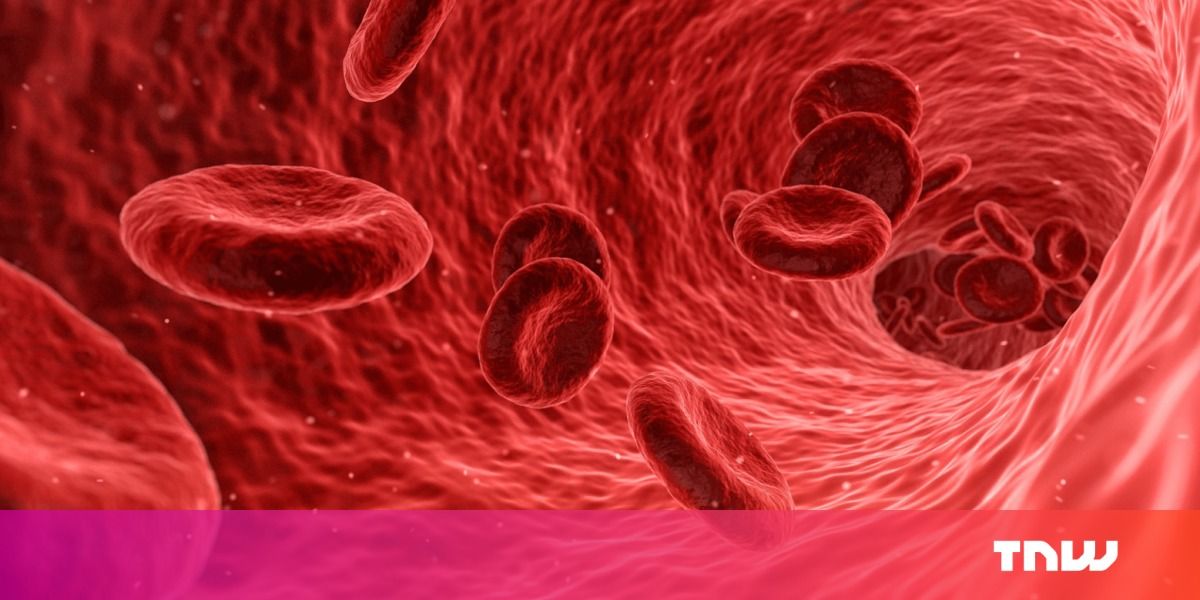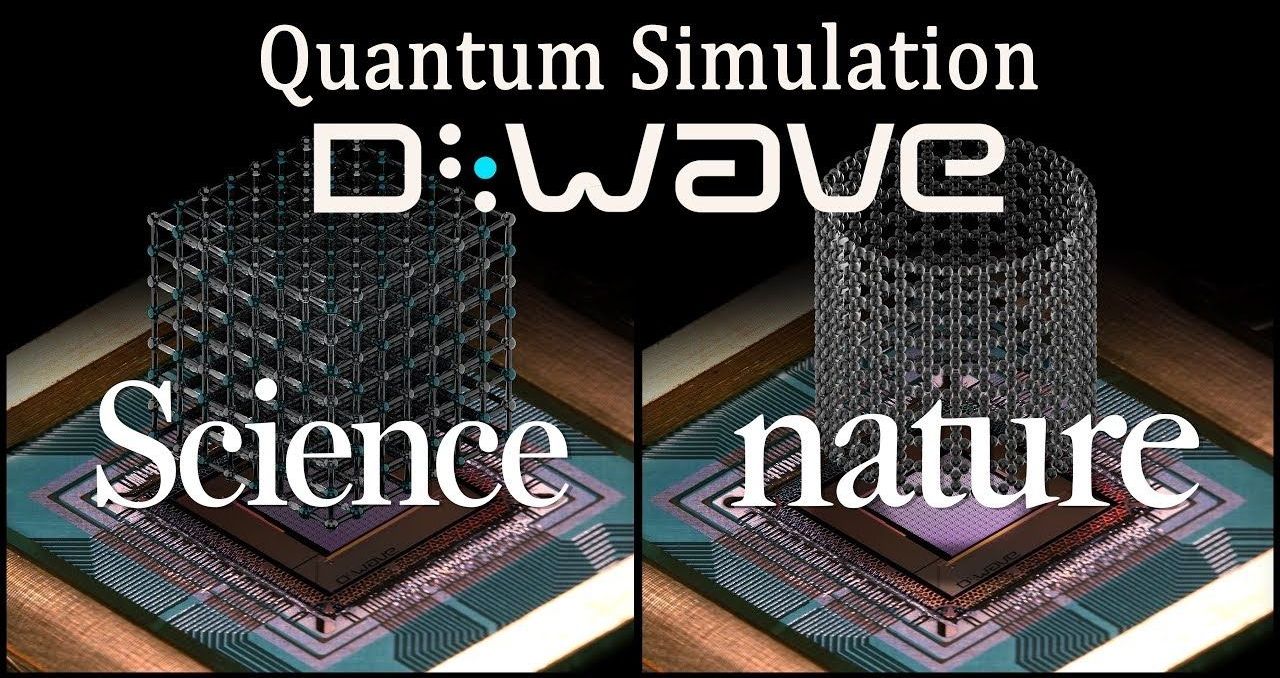Memory technology that is incredibly fast, packs massive amounts of storage and is permanently nonvolatile… it’s going to change the world.
I don’t know about you, but I had to look them both up to get a solid understanding of these terms. Of course, these ideas aren’t new. And the brave new world of biohacking, I mean grinder biohacking, is fodder for edgy and future forward media outlets as well as the nightly news. What interests me is the shift to a more commonplace reference like Gartner report. Their analysis of over 2,000 innovations from quantum computing to augmented reality, lead them to choose that fine line between man and machine. It’s important and a bold wake-up call to humanity.
Is humanity about to enter its greatest point of transformation?
😱😱😱😱😱😱😱😱😱😱
A massive asteroid estimated to be double the size of a Boeing 747 is headed toward a close approach with Earth next week.
Asteroid 2016 NF23 is expected to skim past us on August 29 at just over 3 million miles away, or about 13 times the distance between Earth and the moon.
The huge space rock is traveling more than 20,000 miles per hour (32,400 km/h) and is considered to be a ‘potentially hazardous’ object given its proximity – but, its trajectory should see it soar safely by in the early days of September.
The world just became a little bit safer tonight as Europe’s groundbreaking wind-monitoring satellite finally blasted into orbit — ridding the world of Michael Fish moments.
At exactly 10.20 BST the Jupiter mission control centre in French Guiana, South America, gave the final green light for lift-off following a nail-biting week which saw the launch delayed by 24 hours- ironically because of strong winds.
But with the name Aeolus, it was never going to be plain sailing for the European Space Agency’s latest Earth Observation satellite.
Scientists in the US may be out in front developing the next generation of Crispr-based genetic tools, but it’s China that’s pushing those techniques toward human therapies the fastest. Chinese researchers were the first to Crispr monkeys, and non-viable embryos, and to stick Crispr’d cells into a real live human. And now, a team of scientists in China have used a cutting-edge Crispr technique, known as base editing, to repair a disease-causing mutation in viable human embryos.
Published last week in the journal Molecular Therapy, and reported first by Stat, the study represents significant progress over previous attempts to remodel the DNA of human embryos. That’s in part because the editing worked so well, and in part because that editing took place in embryos created by a standard in-vitro fertilization technique.
You’ve read your last complimentary article this month. To read the full article, SUBSCRIBE NOW. If you’re already a subscriber, please sign in and and verify your subscription.
Research involving 1,000 scientists finds scores of genetic markers that identify people most likely to develop diseases.
Ian Sample, science correspondent.
Bacteria found in the human gut could save countless lives by transforming type A or type B blood into type O.
At a meeting of the American Chemical Society today, Steve Withers of the University of British Colombia presented new research suggesting enzymes found in gut bacteria could effectively strip antigens from the two most common blood types. If successful, the discovery would essentially make most types of blood accessible to those who need it, regardless of their blood type.
Fully-programmable annealing quantum computer simulates phenomenon behind 2016 Nobel Prize. Promises faster materials prototyping at lower cost.
BURNABY, BC – (August 22, 2018) — D-Wave Systems Inc., the leader in quantum computing systems and software, today published a milestone study demonstrating a topological phase transition using its 2048-qubit annealing quantum computer. This complex quantum simulation of materials is a major step toward reducing the need for time-consuming and expensive physical research and development.
The paper, entitled “Observation of topological phenomena in a programmable lattice of 1,800 qubits”, was published in the peer-reviewed journal Nature (Vol. 560, Issue 7719, August 22, 2018). This work marks an important advancement in the field and demonstrates again that the fully programmable D-Wave quantum computer can be used as an accurate simulator of quantum systems at a large scale. The methods used in this work could have broad implications in the development of novel materials, realizing Richard Feynman’s original vision of a quantum simulator. This new research comes on the heels of D-Wave’s recent Science Magazine paper demonstrating a different type of phase transition in a quantum spin-glass simulation. The two papers together signify the flexibility and versatility of the D-Wave quantum computer in quantum simulation of materials, in addition to other tasks such as optimization and machine learning.


